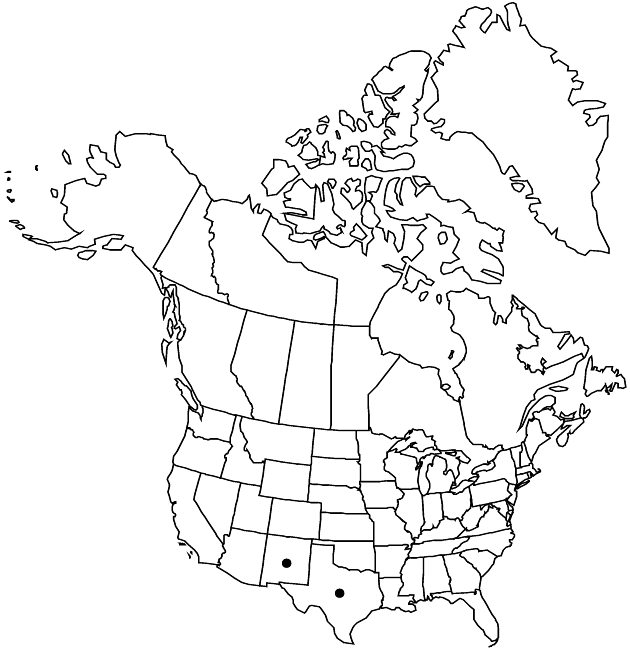Difference between revisions of "Hymenopappus flavescens var. canotomentosus"
Smithsonian Contr. Knowl. 5(6): 94. 1853.
Treatment appears in FNA Volume 21. Treatment on page 316.
imported>Volume Importer |
imported>Volume Importer |
||
| Line 45: | Line 45: | ||
|publication year=1853 | |publication year=1853 | ||
|special status= | |special status= | ||
| − | |source xml=https:// | + | |source xml=https://bitbucket.org/aafc-mbb/fna-data-curation/src/2e0870ddd59836b60bcf96646a41e87ea5a5943a/coarse_grained_fna_xml/V19-20-21/V21_780.xml |
|tribe=Asteraceae tribe Heliantheae | |tribe=Asteraceae tribe Heliantheae | ||
|subtribe=Asteraceae (tribe Heliantheae) subtribe Hymenopappinae | |subtribe=Asteraceae (tribe Heliantheae) subtribe Hymenopappinae | ||
Latest revision as of 20:14, 5 November 2020
Lobes of basal leaves 1–2 mm wide, abaxial and adaxial faces ± equally hairy. Pappi 1–1.5 mm.
Phenology: Flowering Apr–May, Jul–Aug.
Habitat: Sandy or gravelly, often limestone soils
Elevation: 1100–2100+ m
Distribution

N.Mex., Tex., Mexico (Chihuahua).
Discussion
Selected References
None.
Lower Taxa
None.